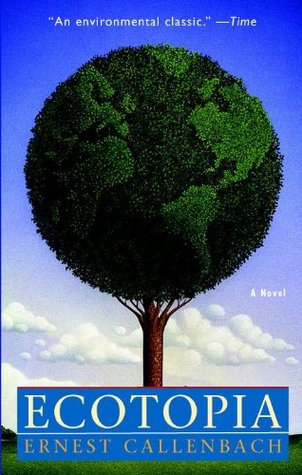there were two major objectives. One was to produce the plastics, at low cost and in a wide range of types: light, heavy, rigid, flexible, clear, opaque, and so on—and to produce them with a technology that was not itself a pollutant. The other objective was to make them all biodegradable, that is, susceptible to decay. This meant that they could be returned to the fields as fertilizer, which would nourish new crops, which in turn could be made into new plastics—and so on indefinitely, in what the Ecotopians call, with almost religious fervor, a “stable-state system.”
Welcome back. Just a moment while we sign you in to your Goodreads account.


